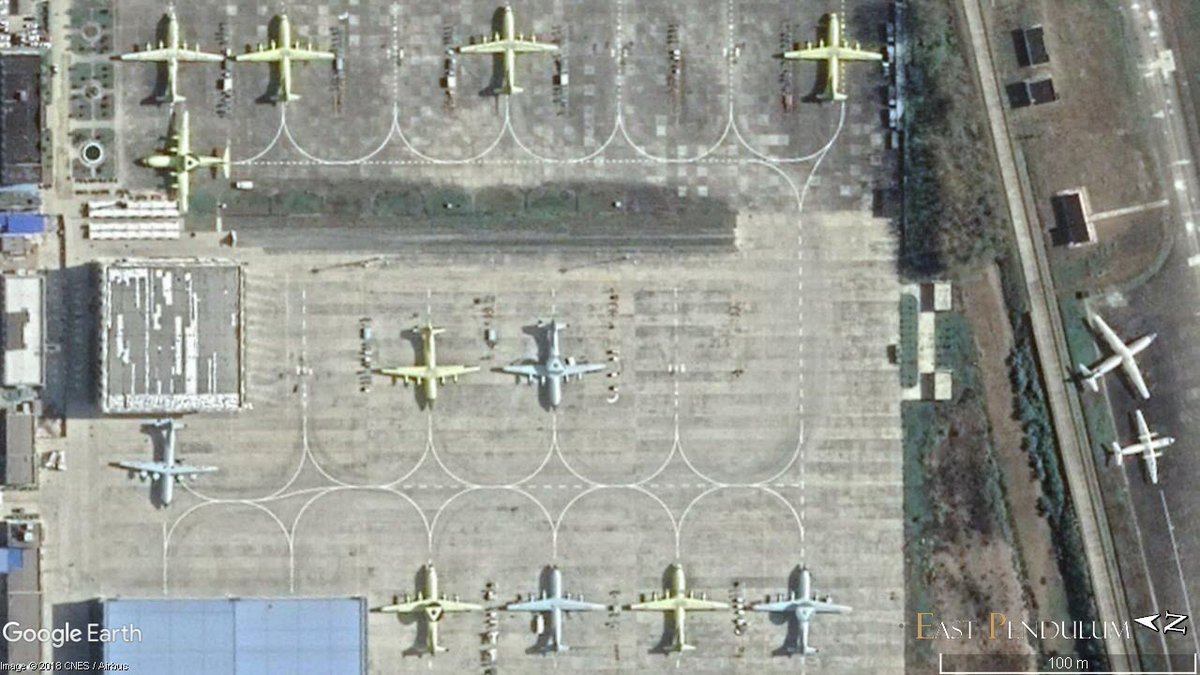In this regard, and out of curiosity, is it unusual for a plane's 'frame' to be designed and manufactured first, while the actual engine developed 'later'? I just realised the Y-20, currently, uses a Soviet-era designed Aviadvigatel PS-30. I would say it makes sense as engines are more complicated than an aircraft frame?
Not that unusual. It is usually a lot quicker to spin out a prototype air frame than a prototype engine. Especially in aircraft with podded engines they are typically not that complicated to replace in later batches. It used to be common for civilian airliners to have like 2-3 engine manufacturer options for the same model not that long ago. Even for military aircraft, the first combat jet fighters had podded engines, like the Me 262. It initially had the BMW 003 and later the Jumo 004 engine. Another reason for the podded engines back then was the low lifetime of the engines which meant they had to be replaced often. The major limitation typically is ground clearance, but the Y-20 was rather obviously designed to carry wider diameter engines than the ones it does now, because of its high wing so no issues there. It can be more of an issue in airplanes with mid or low mounted wings like the Sukhoi Superjet.
Which is not to say that airframe design cannot be complicated either. It is just that there are conservative design solutions, at least for subsonic airliners, plus you could just build the whole thing out of Al or even better Al-Li. Al-Li is 1990s technology and is almost as good as composites in terms of performance sometimes even better. There are a lot of machine tools available for it now. Composites can be more or less hard to manufacture depending on the particular composite technology you use. Fiberglass or GLARE are well known in the industry by now. Carbon-fiber composites are starting to become commonplace but making large single piece structures can still be problematic. The worst aspect of the composite materials is how to ensure proper inspections and proper quality control.
With regards to the WS-20 it seems to be taking forever to me. I certainly hope we'll see it flying in the Y-20 next year like
@SinoSoldier said.

